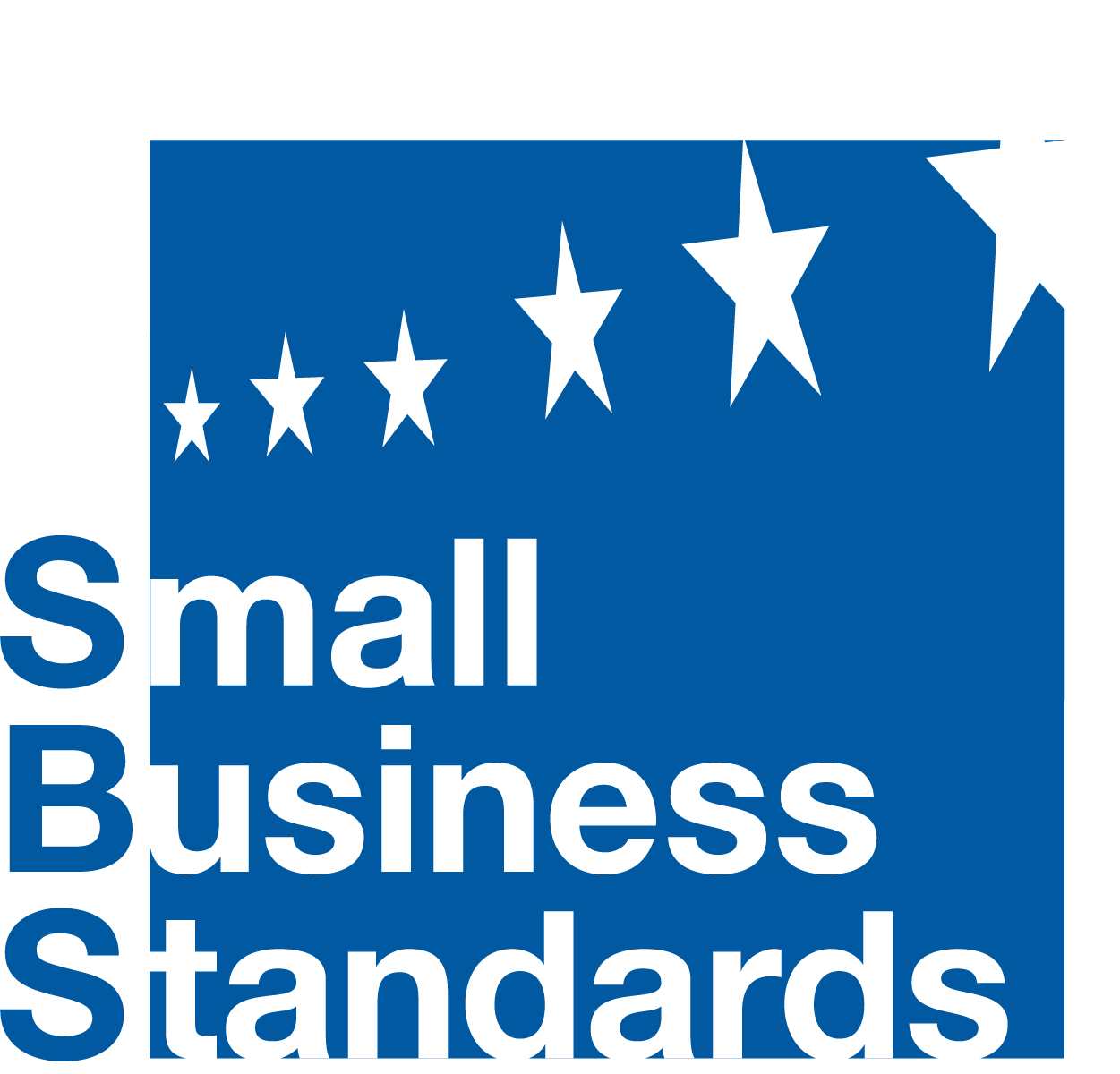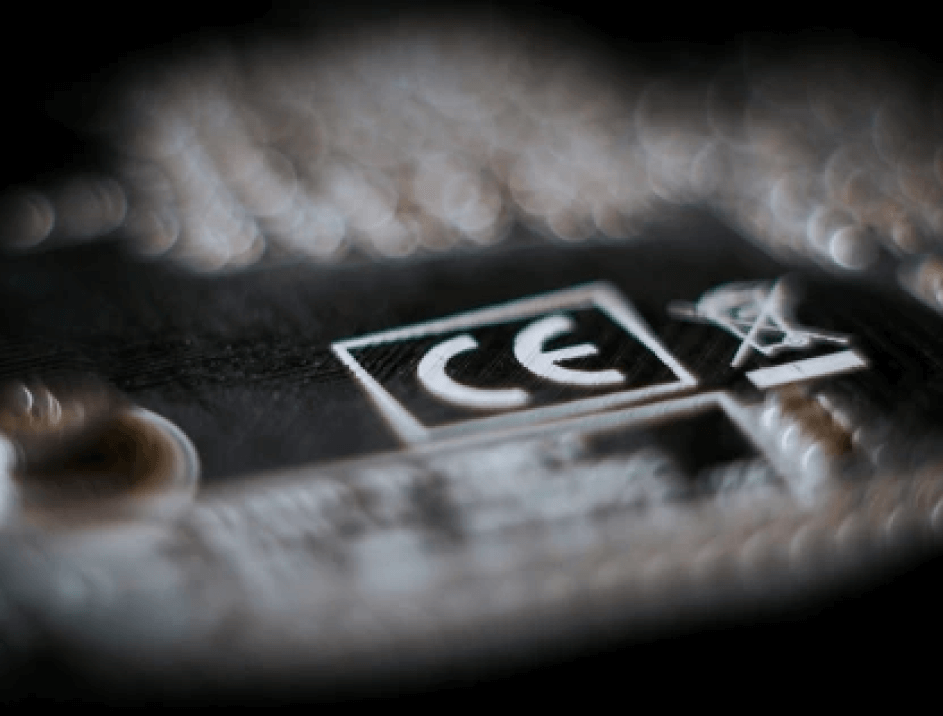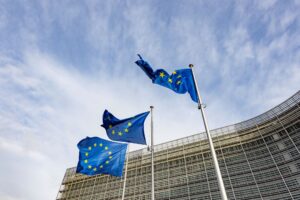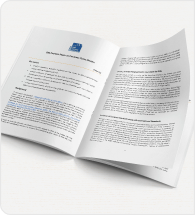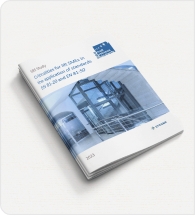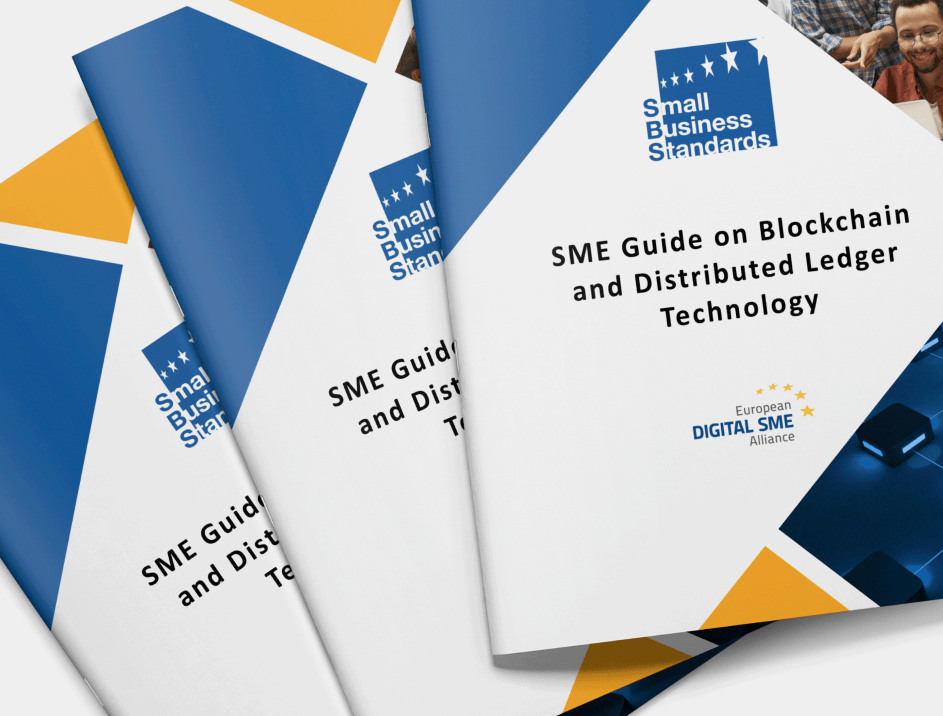European Parliament discusses standardisation
On 30 May, the Internal Market and Consumer Protection Committee of the European Parliament adopted a report on the Implementation of Regulation (EU) No 1025/2012 on European standardisation.
The objective of the report is to define the priorities of the European Parliament following the publication in June 2016 of several documents setting out the European Commission’s vision on how the European standard setting should evolve in the coming years.
Of the many issues addressed in the report, the most relevant for SBS and SMEs relate to the “inclusiveness” principle and how to better involve SMEs and societal stakeholders in the standardisation process. For instance, the report calls on the relevant stakeholders to identify the best ways to improve representation and participation of SMEs in the standardisation system.
The report also stresses that European standardisation organisations should only endorse standards adopted by international organisations after an internal approval process involving SBS. This applies especially to harmonised standards supporting the implementation of European legislation.
The report focuses heavily on ICT standards. In particular, it addresses the concerns about how standard-essential patents relate to standards, issues linked to IPR policy, etc.
The final report should be adopted in plenary before the summer break.
The objective of the report is to define the priorities of the European Parliament following the publication in June 2016 of several documents setting out the European Commission’s vision on how the European standard setting should evolve in the coming years.
Of the many issues addressed in the report, the most relevant for SBS and SMEs relate to the “inclusiveness” principle and how to better involve SMEs and societal stakeholders in the standardisation process. For instance, the report calls on the relevant stakeholders to identify the best ways to improve representation and participation of SMEs in the standardisation system.
The report also stresses that European standardisation organisations should only endorse standards adopted by international organisations after an internal approval process involving SBS. This applies especially to harmonised standards supporting the implementation of European legislation.
The report focuses heavily on ICT standards. In particular, it addresses the concerns about how standard-essential patents relate to standards, issues linked to IPR policy, etc.
The final report should be adopted in plenary before the summer break.
Reaching energy efficiency goals through standardisation
Standards to assess the energy performance of buildings are crucial for the construction sector, especially for SMEs. They create value for the energy retrofitting market by establishing a common method aimed at assessing the energy performance of buildings.
The ISO 52000 series of standards, developed by the ISO joint working group on energy performance of buildings (EPB) in close collaboration with CEN/TC 371, have been designed in order to contribute to the decarbonising of the building sector. These groups have developed a comprehensive method to assess energy performance, based on a new holistic approach. It consists in measuring the total energy used for heating, cooling, lighting, ventilation, domestic hot water and, in some cases, appliances.
In the framework of the EUSEW 2017 Policy Conference and in cooperation with EBC, SBS organised a seminar focusing on the recent publication of international standard ISO 52000-1 on Energy Performance of Buildings. One of the highlights of the conference was the presentation on how CEN and the EU are on a fast track to developing the procedures and standards for buildings, systems and products towards low-energy buildings and nearly zero-energy buildings.
The ISO 52000 series of standards, developed by the ISO joint working group on energy performance of buildings (EPB) in close collaboration with CEN/TC 371, have been designed in order to contribute to the decarbonising of the building sector. These groups have developed a comprehensive method to assess energy performance, based on a new holistic approach. It consists in measuring the total energy used for heating, cooling, lighting, ventilation, domestic hot water and, in some cases, appliances.
In the framework of the EUSEW 2017 Policy Conference and in cooperation with EBC, SBS organised a seminar focusing on the recent publication of international standard ISO 52000-1 on Energy Performance of Buildings. One of the highlights of the conference was the presentation on how CEN and the EU are on a fast track to developing the procedures and standards for buildings, systems and products towards low-energy buildings and nearly zero-energy buildings.
Access to harmonised standards
At the last plenary meeting of CEN/TC 33, several stakeholders raised the issue of the cost of harmonised standards. They argued that considering the time and money spent on producing standards, these should be made available free of charge for European manufacturers. More generally, CEN/TC 33 stakeholders were calling for a broad discussion on free access to harmonised standards
The CEN/TC 33 chairman and secretary will circulate a text for approval among CEN/TC 33 members, before further distribution to the relevant parties.
The CEN/TC 33 chairman and secretary will circulate a text for approval among CEN/TC 33 members, before further distribution to the relevant parties.
EFESME-ETSI cooperation has begun
EFESME has recently begun to participate in the SmartM2M (for machine-to-machine communications) Technical Committee of the European Telecommunications Standards Institute (ETSI). In its recently published overview on the role of ETSI, EFESME explains its reasons for this participation: optimising resources and improving the services provided to customers and users, including the growing surrounding network of interconnected smart objects in the IoT (Internet of Things) environment.
With its expertise, EFESME wishes to contribute to the preparation of Technical Reports and Technical Specifications, to ensure that the needs of the lift sector are addressed, for example the identification and definition of clever standard requirements for the handling of communications between each single lift and a related data management centre.
With its expertise, EFESME wishes to contribute to the preparation of Technical Reports and Technical Specifications, to ensure that the needs of the lift sector are addressed, for example the identification and definition of clever standard requirements for the handling of communications between each single lift and a related data management centre.
TECHNICAL NEWS
CEN/TC 33 – Doors and windows
CEN/TC 33 recently tabled a proposal to merge EN 16034 (defining the procedures for testing pedestrian doorsets, industrial, commercial, garage doors and openable windows, with regard to fire resisting and/or smoke control characteristics) with four other standards:
– EN 14351-1:2006+A2:2016: Windows and doors. Windows and external pedestrian doorsets;
– FprEN 14351-2: Windows and doors – Part 2: Internal pedestrian doorsets without resistance to fire and/or smoke leakage characteristics;
– EN 16361:2013+A1:2016: Power operated pedestrian doors;
– EN 13241-1:2003+A2:2016: Industrial, commercial, garage doors and gates.
– EN 14351-1:2006+A2:2016: Windows and doors. Windows and external pedestrian doorsets;
– FprEN 14351-2: Windows and doors – Part 2: Internal pedestrian doorsets without resistance to fire and/or smoke leakage characteristics;
– EN 16361:2013+A1:2016: Power operated pedestrian doors;
– EN 13241-1:2003+A2:2016: Industrial, commercial, garage doors and gates.
SBS opposed this proposal, emphasising that it would negatively impact SMEs operating in the sector. It goes against the principles of CEN-CENELEC Guide 17 by impeding clarity and increasing the difficulty of use for SMEs. Moreover, considering that most micro-enterprises do not produce smoke-fire doors, merging these standards would result in increased burdens in terms of complexity and costs.
